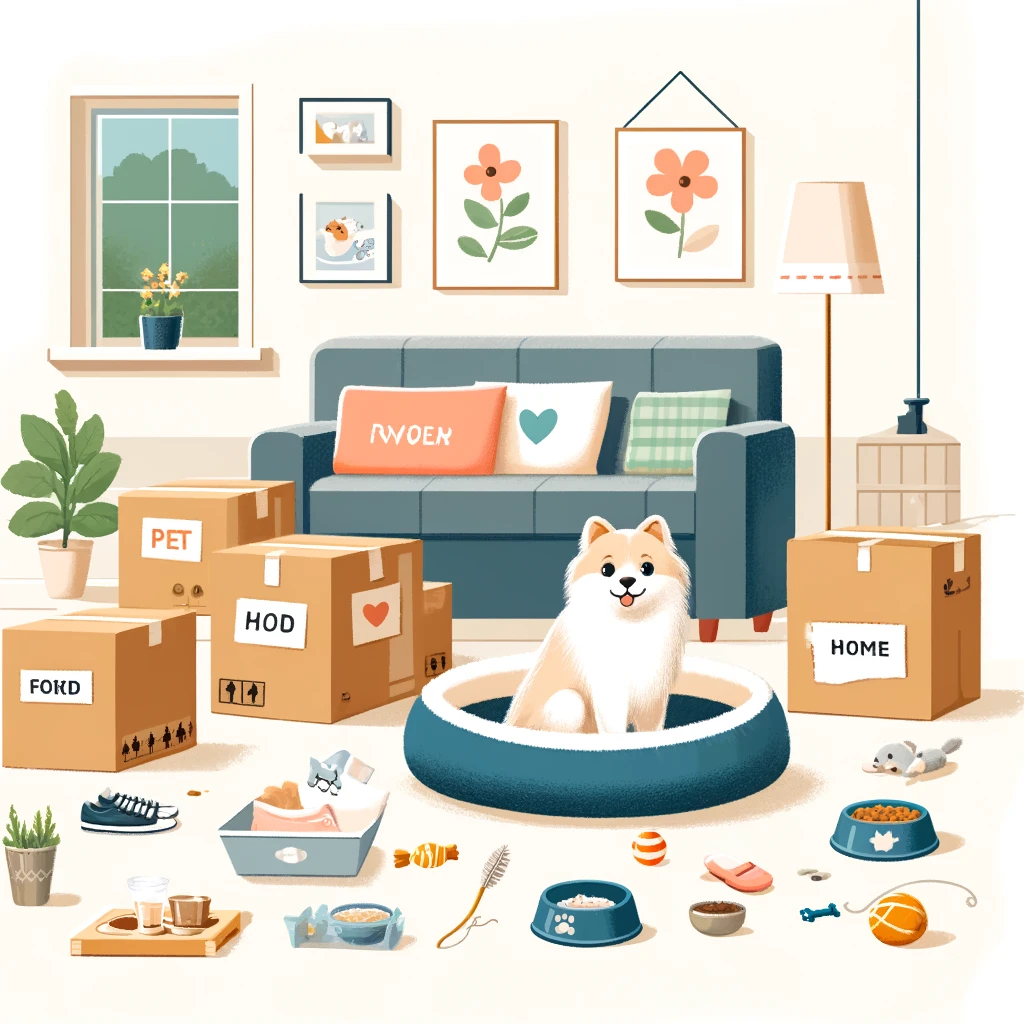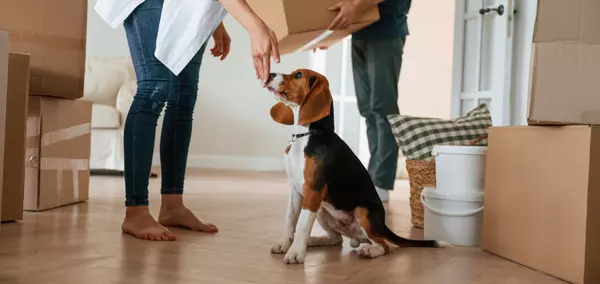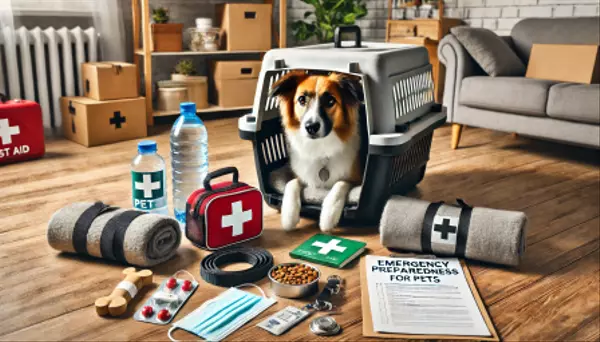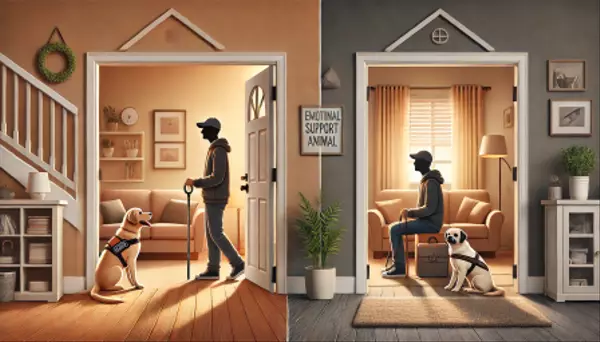Moving with Pets: Creating Familiar Spaces in the New Home

Making a move to a new home is a big event for you and your pets. Animals are creatures of habit and environmental changes . To make the move easier on your pets, create a space in your new home with familiar items, scents, bedding, etc Here are some quick tips to help you create a relaxing SPOT for your pets in your new home.
1. Plan
Planning is essential when moving with pets. Preparing a safe and comfortable SPOT for your pet ahead of time will ease the transition for them. Not to mention helping your piece of mind as you know your pets are safe and happy. Be sure ID tags and microchips are updated to help in the event of an escape.
2. Familiar Smells
Food, bowls, beds brought from your previous home (unwashed) will help present familiar smells. I know we all want to buy them a fresh new bed for their new house but it's best to wait a few weeks. Throwing in a blanket from your own bed can also help ease their minds. Food and treats are also helpful. Do not change food during a move.
3. Designate a Pet Zone
Before moving into your new home, prepare a private room for your pets. Spare bedroom, laundry room & basement rooms work great. For cats, sometimes a bathroom is safest for the first day or so. put a note on the door to remind movers and family members that your pet is in the room.
4. Maintain Routine
Pets are creatures of habit and maintaining their normal routine will help ease their nerves. Keep feeding times and frequency. If you normally walked them on a leash to potty, keep this routine even if you now have a fenced back yard. Keep bed times (and wake up times) consistent to help prevent accidents.
6. Gradual Exploration
Introducing your pets gradually to their new home will help avoid injuries, accidents and escapes. Start with a single room, progress to 2 or 3 rooms, then to a single floor before allowing them free roam of the house. How long it takes to graduate from one stage to the next will depend on your pet. This is especially important for cats and kittens. Let them graduate to the next stage when they begin trying on their own.
7. Monitor Behavior
Keep a close eye on your pet's mood and behavior. This is a big transition for them and they don't know why it's happening. Signs of stress can include loss of appetite, excessive grooming or hot spots and even withdrawing from the family. If you see these symptoms for more than a few days, consult a veterinarian.
8. Stay Calm and Positive
Pets are perceptive of, and react to, our emotions. Monitor your mood and interactions during the move. It's stressful on you as well. But hey, that's why we have these furry family members, right?
Conclusion
With a little planning and patience, moving with pets can be easier on everyone. Creating familiar spaces will help both you and your furry, feathered and scaled family members make a smooth transition.
Categories
Recent Posts










GET MORE INFORMATION

Broker Associate
